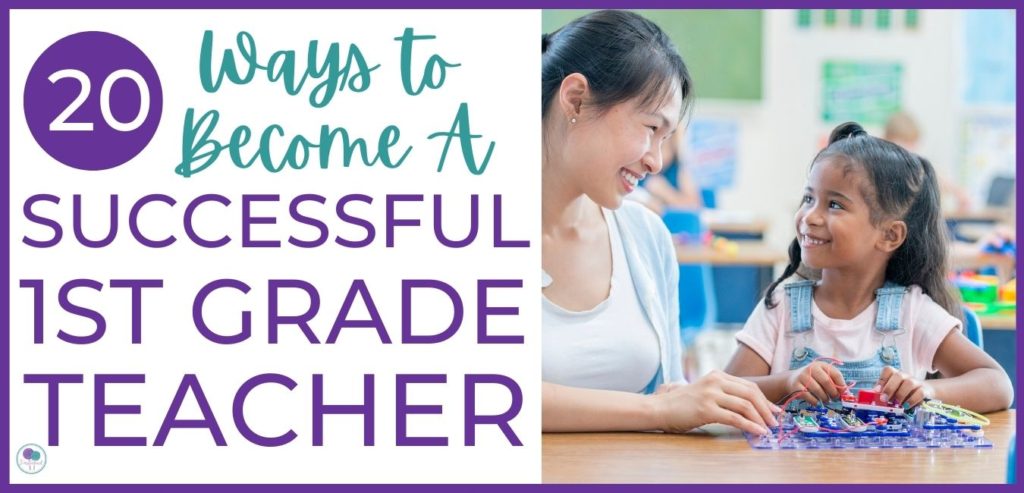
Are you looking for ways to be a more successful teacher in your first-grade classroom? If so, take a look at this list of things extraordinary first-grade teachers do that other teachers don't. Many of these tips are simple changes that can make a big impact on your teaching practice. Give them a try and see how they work for you!
1. Successful teachers create a classroom community
A successful first grade teacher creates a classroom community where every student feels safe, respected, and valued. In such an environment, students can take risks, make mistakes, and learn from their mistakes without fear of judgment or humiliation.
A strong sense of community fosters positive social and emotional growth. When students feel like they are part of a caring and supportive group, they're more likely to be cooperative and respectful of their classmates.
A great way to create a strong sense of community is with some friendship activities. Have kids work together with a partner during those first few days of school. They can play games, make crafts, and do other get-to-know-you activities like these.

Finally, a positive classroom environment sets the stage for academic success. When students feel physically and emotionally safe, they are better able to focus on learning. Creating a strong sense of community is essential for any first grade teacher who wants to set their students up for success.
2. Create a growth mindset in students
A successful teacher understands the importance of creating a positive and caring environment in a first grade classroom. By establishing a growth mindset in her students, she sets the stage for their future success.
Having a growth mindset is the belief that intelligence can be developed through effort and perseverance. Students who have a growth mindset view challenges as opportunities to learn and grow. In contrast, students with a fixed mindset believe that intelligence is static and cannot be changed. As a result, they often give up easily when faced with difficulties.
A great book to read for creating a growth mindset is The Dot by Peter H. Reynolds. We used this book to learn that we can do anything we set our mind to. Hop over here to see some of our growth mindset activities in my classroom.
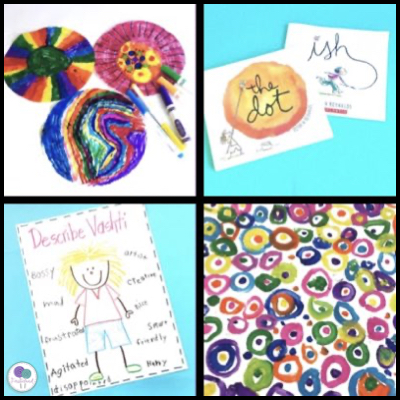
The successful first grade teacher fosters a growth mindset in her students by providing them with frequent opportunities to persevere through challenging tasks. In addition, she establishes a safe and respectful environment in which all students feel valued and supported. By creating a classroom community based on these principles, an effective teacher sets her students up for success both in school and in life.
3. Successful teachers foster student independence
One of the hallmarks of a successful teacher is the ability to foster student independence. From the moment students step into the classroom, first grade teachers work to encourage self-sufficiency and promote self-advocacy. This means teaching kids how to take care of their own materials and personal space, how to manage their time and resources, and how to ask for help when needed.
It also means providing opportunities for kids to make choices and think for themselves. In order to encourage self-motivation, self-regulation, and self-efficacy in students, a teacher must promote and encourage an environment where students feel comfortable being independent. One of the best ways to do this is by setting up the classroom in a way that is kid-friendly and promotes exploration.
For example, you can have learning centers where students can work on their own exploring materials and practicing skills you've been teaching. Math and literacy centers can provide a safe space for students to practice which promotes independence by allowing students to choose which activity they want to participate in. Head over here to learn how to get started with centers in your classroom.
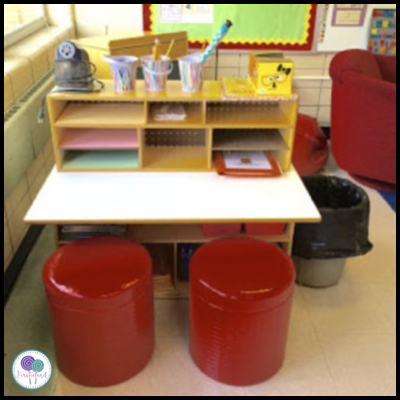
4. Differentiate student instruction
Any teacher will tell you that no two students are alike. This is especially true in the first grade classroom, where students are just beginning their academic journey. As a result, successful first grade teachers differentiate instruction to ensure that all students have a chance to learn.
This may involve tiered activities, where students work on different tasks based on their level of ability. Or it could mean modifying the lesson plan to provide additional support or challenge depending on the needs of the class. By differentiating instruction, teachers can ensure that every student has a chance to succeed.
5. Successful teachers use questioning strategies
Questioning is a critical part of any successful first grade classroom. By asking questions, teachers can gauge students' comprehension of the material and identify any areas that may need further explanation. Additionally, questioning can be used to encourage critical thinking and creativity.
By asking your students questions, they can clarify their understanding of a concept, make connections between ideas, and deeply engage with the material. Effective questioning also encourages higher-order thinking and problem-solving. When used effectively, questioning can help students to develop important skills that will serve them well both inside and outside the classroom.
6. Promote creativity and exploration
Successful teachers encourage creativity and exploration in their students. In a child's early years of schooling, it is essential to foster a love of learning and develop imagination. First grade teachers can encourage creativity in their students through various techniques.
One way is to provide opportunities for hands-on learning. This could involve setting up math and literacy centers where children can explore and experiment with materials.
Another way to promote creativity is to encourage open-ended questions and encourage children to think outside the box. By promoting creativity and exploration in the classroom, first grade teachers can set their students up for success.

7. Successful teachers provide opportunities for movement and play
A successful first grade teacher understands the importance of incorporating movement and play into the classroom. Games, rhythmic activities, and singing songs are all great ways to get kids up and moving, while also providing a valuable opportunity for learning.
Physical activity and creative games can help to develop teamwork and social skills. In addition, play provides an important outlet for energy and helps to reduce stress levels. By incorporating movement and play into the daily routine, teachers can create a more well-rounded and successful learning environment.
Research has shown that movement and play are essential for young children’s physical, cognitive, and social development. First grade teachers can provide opportunities for movement and play throughout the day, in both whole-group and small-group settings.
Fundamental movement skills such as throwing, catching, kicking, and balance are also important to develop at this age, and can be incorporated into games and other activities.
8. Get to know your students
A successful first grade teacher takes the time to get to know their students. They learn about their interests, strengths, and weaknesses. This information helps the teacher to create activities and lessons that are tailored to the needs of each individual child.
The teacher may also use icebreakers and formative activities to help the students get to know each other and feel comfortable in the classroom. Asking questions, surveying the class, and assigning simple worksheets are all ways that a first grade teacher can get to know their students.

9. A successful teacher creates a positive learning environment
Creating a positive learning environment in the classroom is essential for student success. The classroom climate should be one that is conducive to learning, where students feel safe and comfortable taking risks. An effective teacher creates an atmosphere in which students feel respected and valued as learners. When students feel supported in this way, they're more likely to take risks and try new things. This type of atmosphere also promotes a love of learning, setting the foundation for lifelong success. By creating a positive classroom climate, teachers can help their students thrive.
10. Foster a love of learning
First grade is a crucial time in a child's education. It's the year when students begin to develop habits that will stay with them for the rest of their lives. That's why it's so important for first grade teachers to foster a love of learning in their students.
The best way to do this is by engaging students in collaborative, hands-on activities that allow them to explore their interests and learn at their own pace. When children are given the opportunity to direct their own learning, they develop into self-regulated learners who are more likely to be successful in school and in life.
One way to get your students engaged and excited about learning is with project-based learning. In this unit, my students learned all about animal habitats. They researched an animal of their choice, created a shoebox habitat, and wrote a report about their animal. This is just one way to foster a love of learning in first grade, setting your students on the path to success.
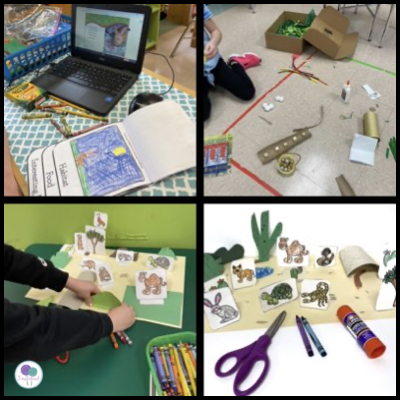
11. Successful teachers develop strong relationships with parents
Parents are an essential partner in a child's education, and successful teachers know how to develop strong relationships with them. Good communication is the key to a good parent-teacher partnership.
A successful first grade teacher keeps parents updated on their child's progress, good and bad. They make it a point to meet with parents regularly, whether it's for a scheduled conference or just a quick chat after drop-off. They know that working together is the best way to ensure that their students succeed.
When teachers and parents are on the same page, everyone benefits. The child gets the support they need at home and at school, and the teacher can focus on teaching without worrying about outside distractions. It's a win-win situation for everyone involved.
12. Use data to inform instruction
Data from student assessments is a critical component of informing instruction in the first grade classroom. A teacher needs to be able to collect assessment data, analyze it, and use it to guide instruction. This assessment data can come in many forms, including classwork, homework, observations, and formal assessments.
It's important for the teacher to be able to use this data to differentiate instruction and meet the needs of all learners. By using assessment data to inform instruction, teachers can ensure that all students are successful in the first grade classroom.
13. Successful teachers set high expectations and hold their students accountable
As any experienced teacher will tell you, the key to a successful classroom is behavior management. In order to create a learning environment where all students can thrive, it is essential to set clear expectations and hold everyone accountable.
First grade teachers have the unique challenge of dealing with students who are still adjusting to being in a formal school setting. As such, it is even more important for them to be proactive in behavior management. By setting high expectations and holding their students accountable, first grade teachers can create a positive learning environment that sets the foundation for future success.
14. Develop relationships with your students
Building meaningful relationships with students is one of the most important steps a first grade teacher can take in ensuring a successful year. In order to be effective, these relationships need to be built on a foundation of trust and mutual respect.
First, it is important to get to know each student as an individual. What are their interests? How do they learn best? What kind of support do they need in order to be successful? Once you have a good understanding of your students, you can start to build positive relationships with them.
This means creating a safe and nurturing environment where everyone feels like they are part of a team. It also means being available and approachable, so that students feel comfortable coming to you with questions or concerns.
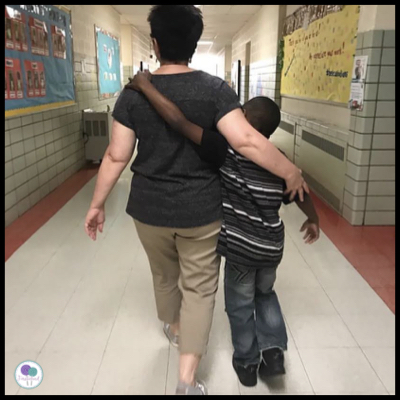
15. Successful teachers are constantly learning and growing as educators
Teachers who succeed in the first grade classroom are always looking for ways to improve their teaching practice. They know that in order to be the best they can be for their students, they need to continuously grow and learn as educators.
Most importantly, successful first grade teachers are always open to change. They reflect on their practice and are willing to try new things in order to better meet the needs of their students. It is this commitment to personal growth that makes them successful in the classroom and in their careers.
16. Establish clear expectations and rules
A successful teacher establishes clear expectations and rules from the first day of school. In behavior management, it is important to be proactive rather than reactive. This means that you establish your expectations and rules before there are any issues in the classroom.
One way to do this is to create a behavior poster or visual chart that is displayed in a prominent place in the room. Students should be aware of the expectations and rules from the start. Consequences should also be made clear. For example, if a student talks out of turn, the consequence might be that he or she loses a turn during group activities.
By being clear about expectations and consequences, you can help to prevent behavior problems in the classroom. First grade teachers who are successful in behavior management are typically organized and consistent with their rules.
17. Successful teachers develop routines and classroom procedures
Classroom routines and procedures establish habits that help create a positive learning environment. Rules are set for the morning routine, daily activities, and behavior expectations.
A typical elementary school day is divided into distinct parts, such as morning meeting, small group instruction, whole group instruction, and learning centers. Within each part of the day, there are specific procedures that need to be followed.
For example, when students first come into class they may have specific chores to do such as hanging up their coats, signing in, and washing their hands. By establishing routines and procedures, teachers can help students feel comfortable and safe in the classroom so that they can focus on learning.
CLICK HERE FOR A FREE CLASSROOM ROUTINES CHECKLIST
18. Seize the teachable moment
A successful first grade teacher is always on the lookout for teachable moments. Whether it's a school-wide assembly or an impromptu lesson in the classroom, they know how to seize every opportunity to help their students learn and grow. As a result, their students have many memorable experiences that go beyond just academics.
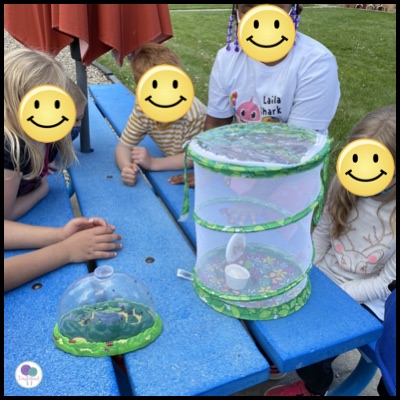
They learn important life skills, like how to work together and how to problem-solve. In addition, they develop a love of learning that lasts a lifetime. First grade teachers understand that every moment is an opportunity to teach, and they embrace it with enthusiasm.
19. Successful teachers have a sense of humor
A great sense of humor is one of the most important qualities a first grade teacher can have. Children are naturally playful and curious, and a good joke can help to ease tense situations, diffuse conflict, and promote cooperation. At the same time, children learn best when they're having fun, so a witty teacher can keep students engaged and prevent them from becoming bored or frustrated.
A good sense of humor also shows children that learning can be enjoyable, setting them up for success in the classroom and beyond.
20. Have a positive attitude
A positive attitude is one of the most important traits of a successful first grade teacher. This work requires long hours and many demands are placed on teachers. It's important to remember that the work we do makes a difference in the lives of our students. The words we say and the way we act can influence our students' thoughts and opinions about school, learning, and themselves.
A positive mindset sets the tone for the entire class and can make a big difference in student motivation and success. When we're happy and excited about our work, it shows in our words and actions, and our students feel that same positivity. On the other hand, when we have a negative attitude, it can be contagious, leading to a classroom full of unhappy students. A positive attitude is essential to creating a successful learning environment for all students.
In conclusion, successful first grade teachers are able to connect with their students and create a classroom environment where all students feel comfortable learning. They also have mastered the art of teaching foundational skills that will help their students be successful in future grades. If you want to be a successful first grade teacher, these are some things you should keep in mind. What do you think is the most important thing for a first grade teacher to do?
Want to learn more? Click below to check out these posts for tips and advice to run an effective classroom.
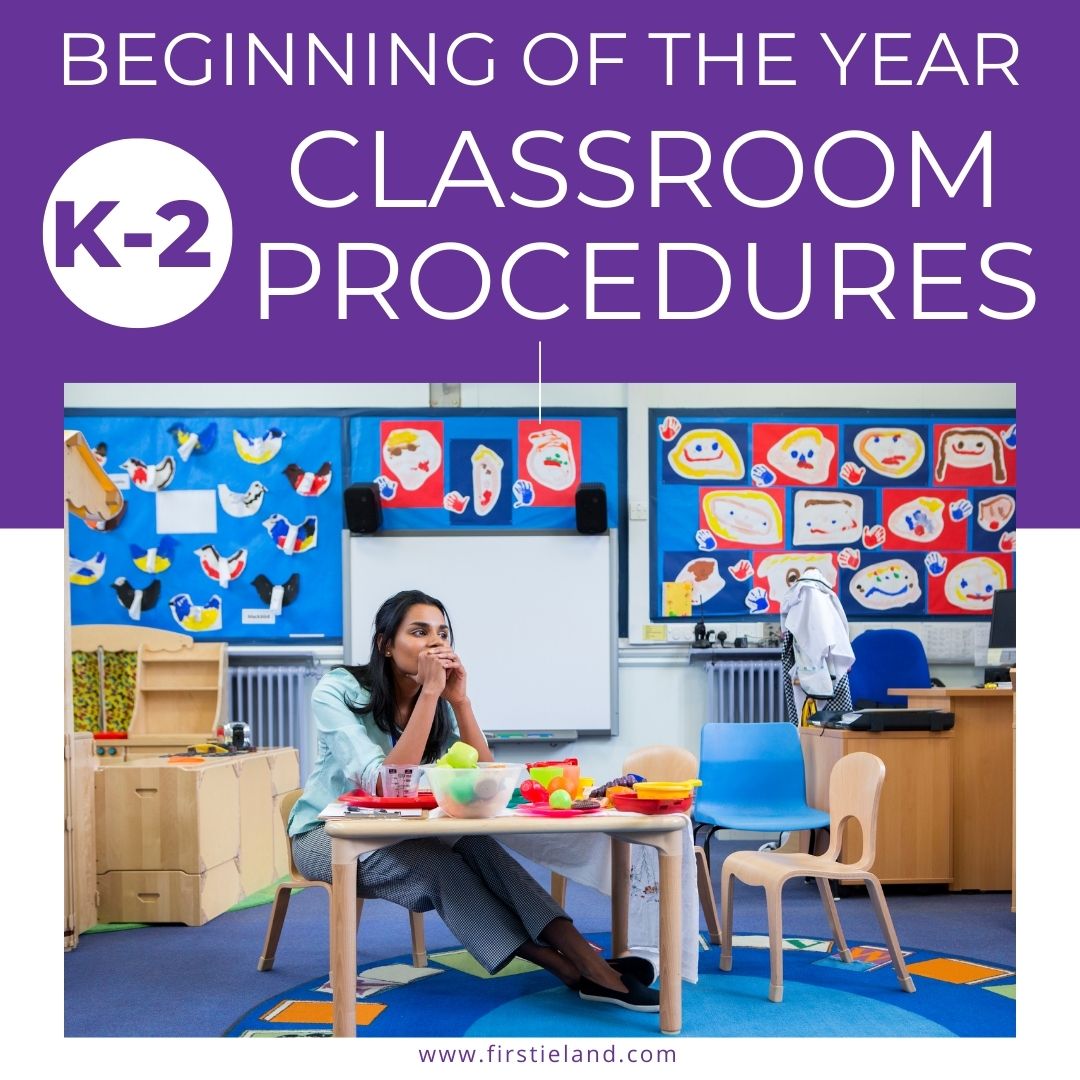
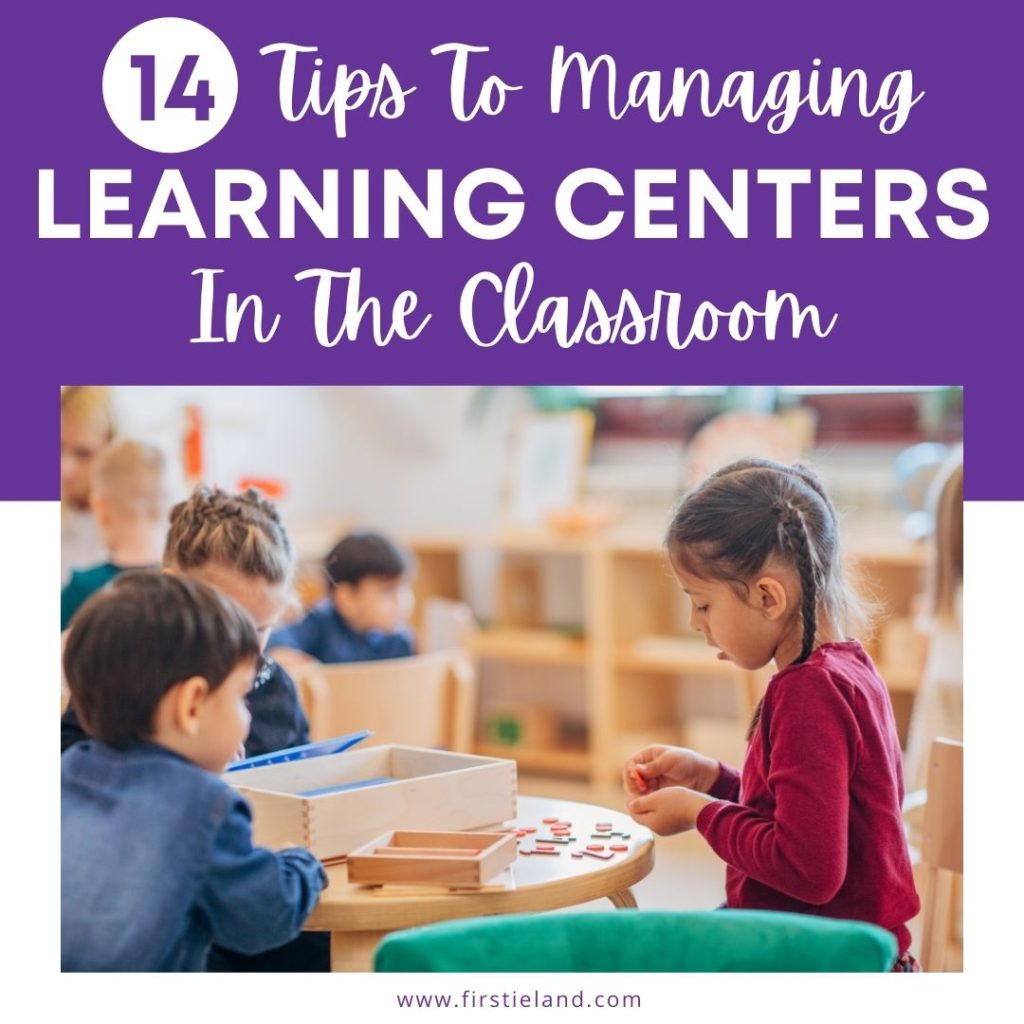
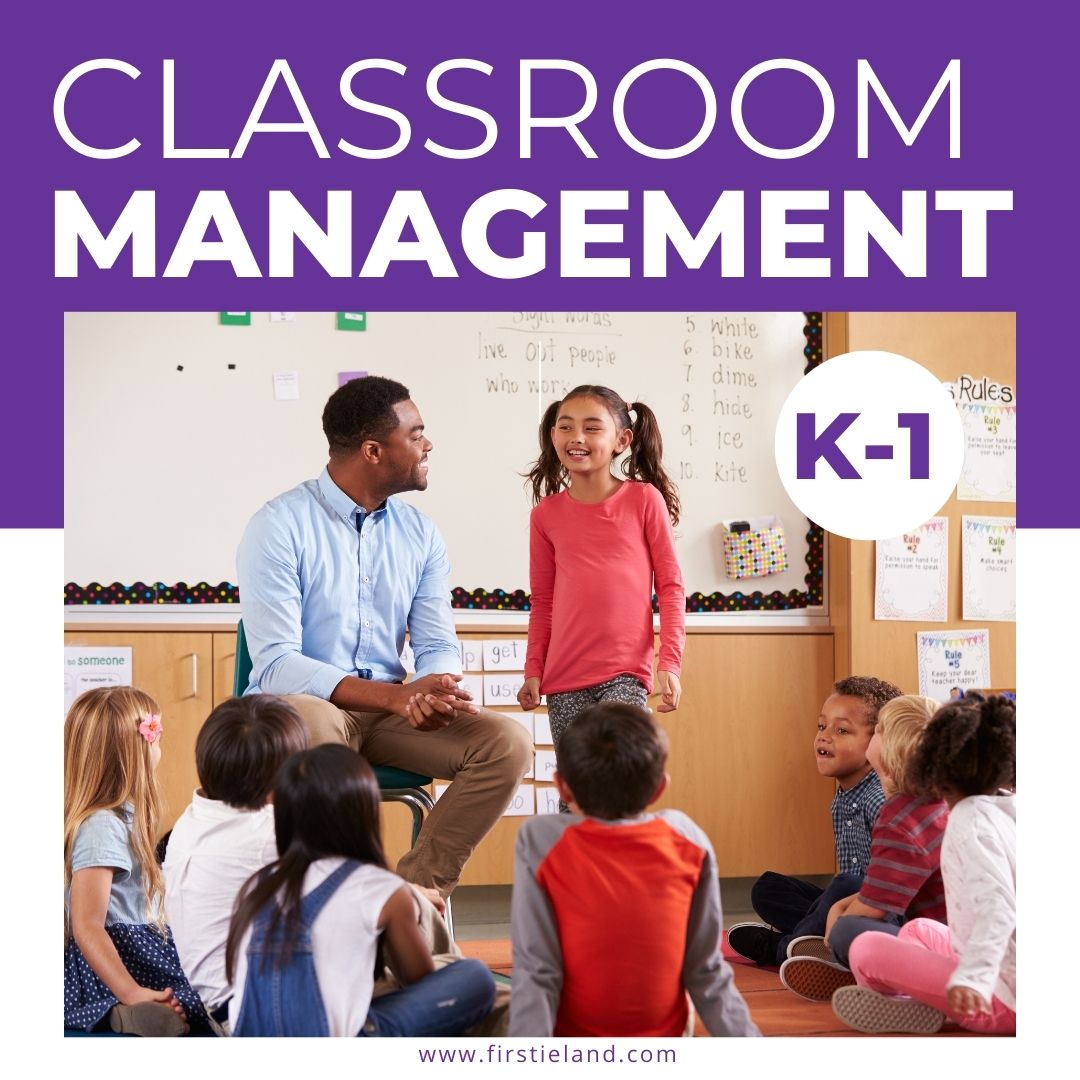
Save these teacher success tips for later!
Take a minute to save these tips to your favorite classroom management Pinterest board so you can remember them later!




